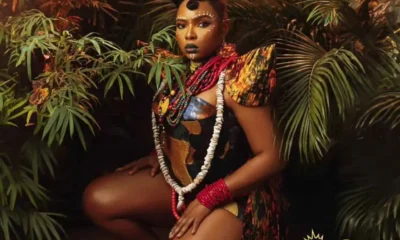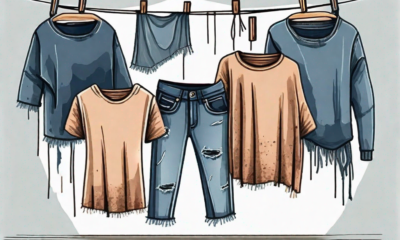“Londoner” is an autobiographical film that tells the story of Ayo, a Nigerian bank manager who moves to London to reunite with his family. The film, written and directed by Babatunde Apalowo, recently achieved recognition at the Durban FilmMart. It won the Red Sea Film Fund Award for Best Fiction Feature. This prestigious award came with a cash prize of $5,000.
The Durban FilmMart Institute, which organized the event, is a non-profit organization dedicated to promoting both local and international trade and investment in African film content. This institute plays a crucial role in showcasing and supporting African filmmakers and their projects.
Babatunde Apalowo, the creative force behind “Londoner,” is a Nigerian film director and screenwriter who has made the United Kingdom his base. His portfolio includes several notable works such as “A Place for Happiness,” “Catcher,” “The Millions,” and “Death for Sale.” Apalowo’s talent received international recognition in 2023 when he won the Teddy Award at the Berlin Film Festival for his queer romance film titled “All the Colours of the World Are Between Black and White.”
The 15th edition of the Durban FilmMart, held in South Africa from July 19 to July 22, served as a platform for numerous impressive film projects from across the African continent. It was during this event that “Londoner” received its accolade.

Babatunde Apalowo
Produced by Pamela Drameh and Sarudzayi Marufu, “Londoner” goes into the complex emotions of its protagonist, Ayo. The film follows Ayo’s journey as he arrives in London, expecting to join his family, only to face an unexpected and heartbreaking situation. He discovers that his wife has become emotionally involved with another man and is seeking a divorce, adding a layer of personal turmoil to his already challenging experience of relocating to a new country.
The narrative of “Londoner” draws inspiration from Apalowo’s own experiences as an immigrant in the UK.
The director’s struggle to find a sense of belonging in a foreign land forms the emotional core of the film. In an interview with Variety, Apalowo shared his personal insights, highlighting the stark contrast between Nigeria and London in terms of personal space and social interactions. He poignantly described the loneliness he felt in London, a city where the anonymity and indifference of urban life stood in stark contrast to the close-knit communities he was accustomed to in Nigeria.
“Londoner” marks Apalowo’s second venture into feature filmmaking, showcasing his growth as a director and his ability to translate personal experiences into compelling cinematic narratives. The film’s success at the Durban FilmMart not only recognizes Apalowo’s talent but also brings attention to the important themes of migration, cultural adjustment, and personal relationships that the film explores.
The Durban FilmMart also celebrated other talented filmmakers. Among them were Sean Drummond and Sheetal Magan, who received The Known Inner Circle Award for their South African film “Acts of Man.” This award came with a substantial cash prize of $10,000, further demonstrating the event’s commitment to supporting and promoting African cinema.



































































